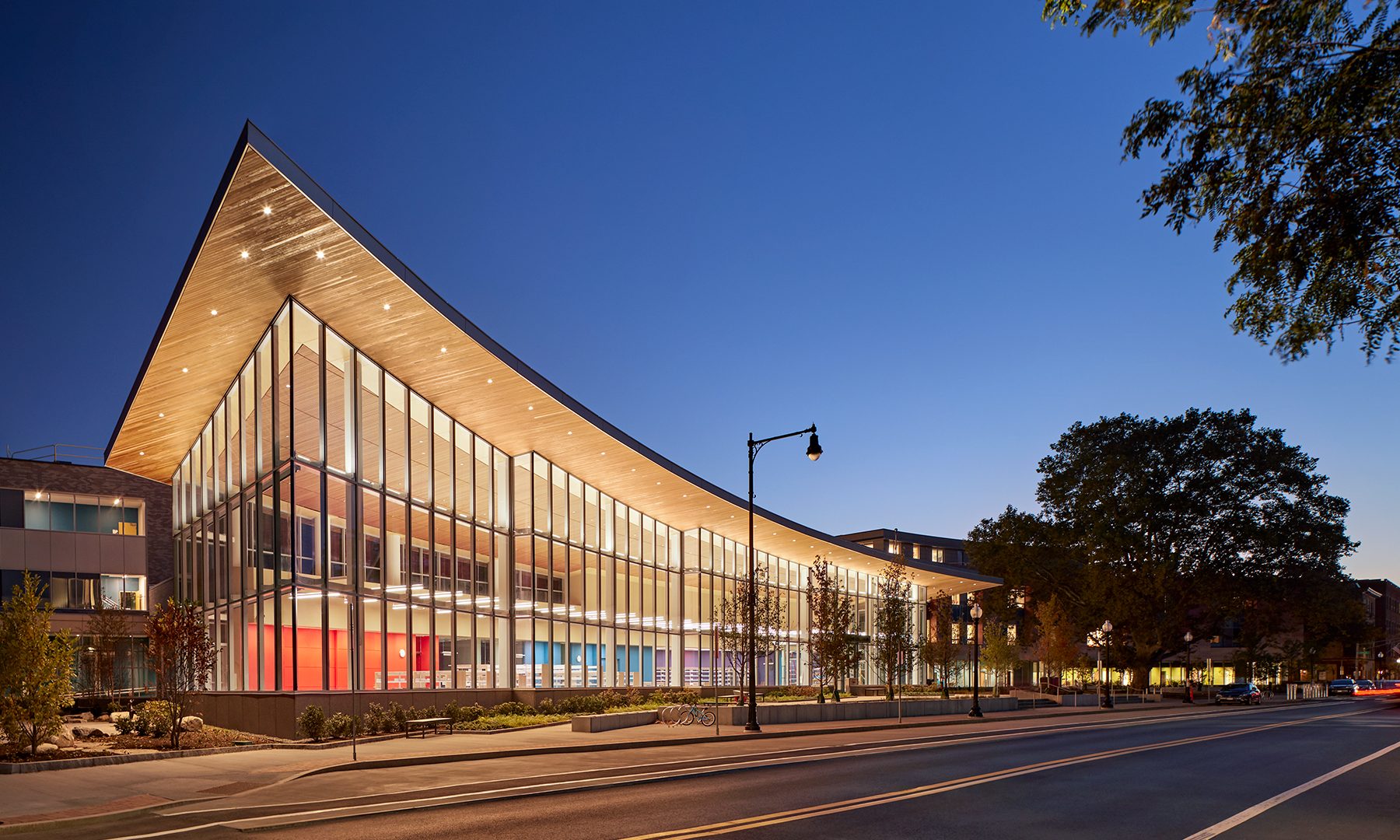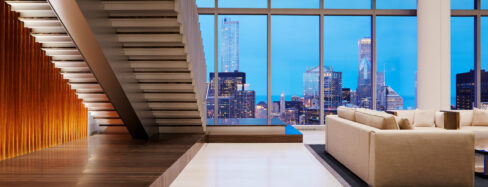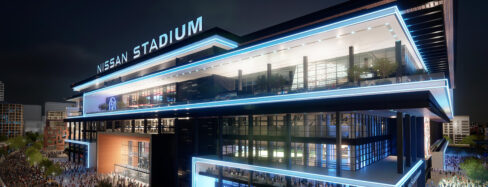No one can deny the importance of sustainability in today’s building designs. It should come as no surprise that various codes and initiatives have been developed to ensure design teams are providing sustainable solutions for the buildings and spaces we create. While Net Zero is not new, it is becoming more present in building design goals. It can certainly seem daunting to think about designing lighting for a building where all energy required to operate the building is produced on the same site. But fret not, because there are ways to deliver high quality lighting designs and meet those strict energy goals.
Net Zero is an achievable goal but it must be established at the beginning of a project. I have participated in many sustainability meetings outlining the requirements for the project at the onset, but the communication continues through the entire project design. While I am not involved in the design of the geothermic wells, it shows how each one of us has an integral part in achieving this energy efficiency goal.
I want note that a project with strict energy goals should not automatically be deemed boring! The energy code over the past 5 to 10 years has steadily lowered the allowable Watts/SF, therefore giving manufacturers time to research, design and produce fixtures that are more and more efficient. This gradual increase in efficiency has brought us to a point where aggressive energy goals are achievable, with a selection of fixtures to choose from on the market. We now have the opportunity to create meaningful, fun designs with sophisticated lighting fixtures and still meet our energy goals. That said, it remains critically important to consider the project’s goals when choosing concepts and designs to ensure that each decision is helping the project towards Net Zero.
School buildings have been spearheading the charge to achieve Net Zero since they have the benefit of being operational primarily during daylit hours with minimal late-night use. Lighting controls are an integral part of limiting the amount of electric lighting that is utilized in daylight-abundant spaces. In many cases, classroom lighting is turned off throughout most of the day due to ample natural light in the space provided by an excellent daylighting design strategy.
A common strategy when working towards achieving Net Zero is to be aggressive with the space type that has the largest square footage – i.e., classrooms in school buildings. If the team can achieve a lower-than-goal Watts/SF in those spaces, it allows for some additional layers of light in the more public or common spaces. The phrase “bang for your buck” is often used when working on projects that have tight budgets, but it also applies to strict energy goals. Try to gather up some extra watts where possible to add in extra lighting layers in the most impactful spaces. Each layer you add to the project should be meaningful in the scheme of the design, as it does “cost” you those watts!
It is only a matter of time before Net Zero becomes commonplace across all project types. This will be a journey as design teams navigate the optimal strategies for each project and client type, but with time it will yield outstanding projects that balance design excellence and energy efficiency in a sophisticated and thoughtful way.


